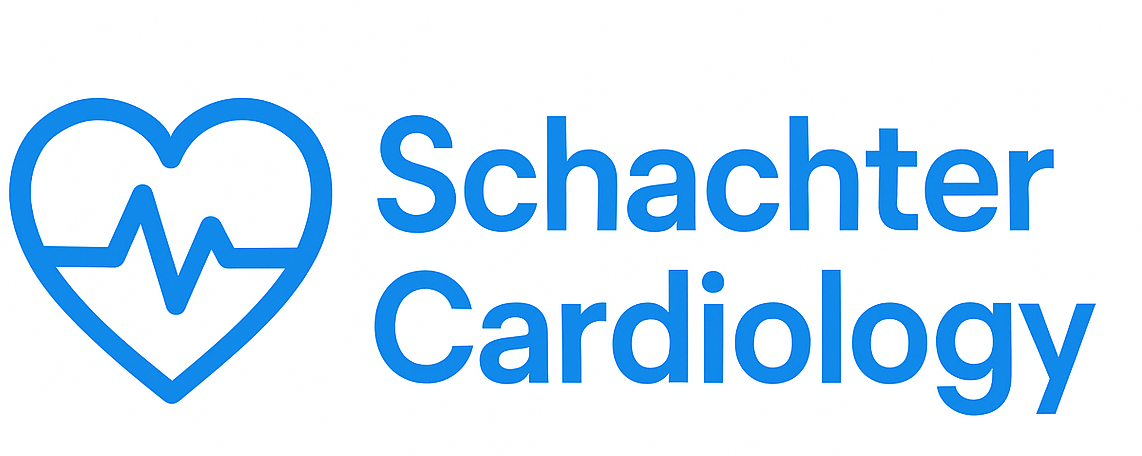Exploring the Role of Invasive Procedures in Modern Cardiology: What You Need to Know
Invasive cardiology has revolutionized the diagnosis and treatment of cardiovascular diseases, offering patients options that were once unimaginable. These procedures, which involve accessing the heart or blood vessels through the skin, have been instrumental in saving lives and improving the quality of life for countless individuals. In this blog post, we will delve into the various types of invasive procedures, their benefits, risks, and what you can expect if you or a loved one is facing one of these interventions.
What is Invasive Cardiology?
Invasive cardiology is a subspecialty of cardiology that focuses on performing procedures that require instrumentation or devices to diagnose and treat heart conditions. These procedures can range from catheterizations to more complex surgeries. Unlike non-invasive techniques, invasive procedures typically involve some form of entry into the body, usually through a vein or artery.
Common Invasive Procedures in Cardiology
There are several invasive procedures that have become standard practice in cardiology, each designed to address specific heart conditions. Here are some of the most common:
- Coronary Angiography: This procedure is used to visualize the coronary arteries and identify blockages. A contrast dye is injected into the arteries, allowing for clear imaging through X-rays.
- Angioplasty and Stenting: Following angiography, if a blockage is found, angioplasty may be performed. This involves inserting a small balloon to widen the artery, often followed by placing a stent to keep it open.
- Cardiac Catheterization: This procedure involves inserting a catheter into the heart through blood vessels to evaluate heart function, measure pressures, and take biopsies if necessary.
- Pacemaker Insertion: For patients with arrhythmias, a pacemaker may be implanted to regulate heart rhythm. This involves placing a small device under the skin that sends electrical signals to the heart.
- Coronary Artery Bypass Grafting (CABG): This open-heart surgery reroutes blood around blocked arteries to improve blood flow to the heart muscle.
- Valve Repair or Replacement: Invasive techniques can also be used to repair or replace damaged heart valves, ensuring proper blood flow through the heart.
Benefits of Invasive Cardiology Procedures
Invasive procedures can provide significant benefits for patients with heart conditions, including:
- Accurate Diagnosis: Invasive techniques allow for more definitive diagnoses than non-invasive tests, helping doctors formulate effective treatment plans.
- Immediate Treatment: Many invasive procedures can be performed immediately after diagnosis, reducing the risk of complications from untreated conditions.
- Improved Outcomes: Studies have shown that patients who undergo invasive procedures often experience better outcomes, including reduced symptoms and improved quality of life.
- Less Invasive Options: Advances in technology have made many procedures less invasive, resulting in shorter recovery times and less discomfort for patients.
Risks Associated with Invasive Cardiology Procedures
While invasive procedures can be life-saving, they do come with risks. Understanding these risks is crucial for making informed decisions:
- Bleeding: Any procedure that involves entering the body carries a risk of bleeding, especially at the site of entry.
- Infection: There is always a risk of infection when the skin is penetrated, which can lead to complications.
- Allergic Reactions: Some patients may have allergic reactions to the contrast dye used in imaging procedures.
- Heart Damage: In rare cases, the procedure may cause damage to the heart or surrounding blood vessels.
- Complications from Sedation: Many invasive procedures require sedation, which can carry risks, particularly for individuals with certain health conditions.
What to Expect Before and After an Invasive Procedure
If you or a loved one is scheduled for an invasive cardiology procedure, it’s important to know what to expect:
Before the Procedure:
- Pre-Procedure Testing: You may undergo various tests, such as blood tests, imaging, or stress tests, to prepare for the procedure.
- Patient Education: Your healthcare team will provide information about the procedure, including potential risks and benefits.
- Medication Management: You may be instructed to stop taking certain medications before the procedure.
- Fasting: Depending on the procedure, you may need to fast for a certain period beforehand.
After the Procedure:
- Recovery Time: Recovery can vary depending on the procedure. Some patients may be able to go home the same day, while others may require a longer hospital stay.
- Post-Procedure Care: Follow-up care is essential. Your doctor will provide instructions on how to care for the insertion site and manage medications.
- Monitoring for Complications: Be aware of signs of complications, such as excessive bleeding, infection, or unusual pain, and contact your healthcare provider if these occur.
When to Consider Invasive Cardiology Procedures
Invasive cardiology procedures are typically considered when:
– Non-invasive tests indicate the presence of significant heart disease.
– Symptoms such as chest pain, shortness of breath, or fatigue persist despite medical management.
– There is a need for immediate intervention to prevent serious complications, such as heart attack.
Conclusion
Invasive cardiology plays a crucial role in modern medicine, offering patients effective solutions for various heart conditions. While these procedures carry risks, they can provide life-saving benefits and improve overall heart health. If you or someone you know is facing an invasive cardiology procedure, it’s essential to discuss all concerns with your healthcare provider to ensure a clear understanding of what to expect.
As with any medical procedure, informed consent and thorough communication with your healthcare team are vital. Remember, your heart health matters, and taking proactive steps can lead to a healthier future.
Disclaimer: This blog post is for informational purposes only and is not intended as medical advice. Always consult with a qualified healthcare professional for medical concerns or before making changes to your health regimen.
Disclaimer: This article is for educational purposes only and does not constitute medical advice. Always consult a qualified healthcare professional.
